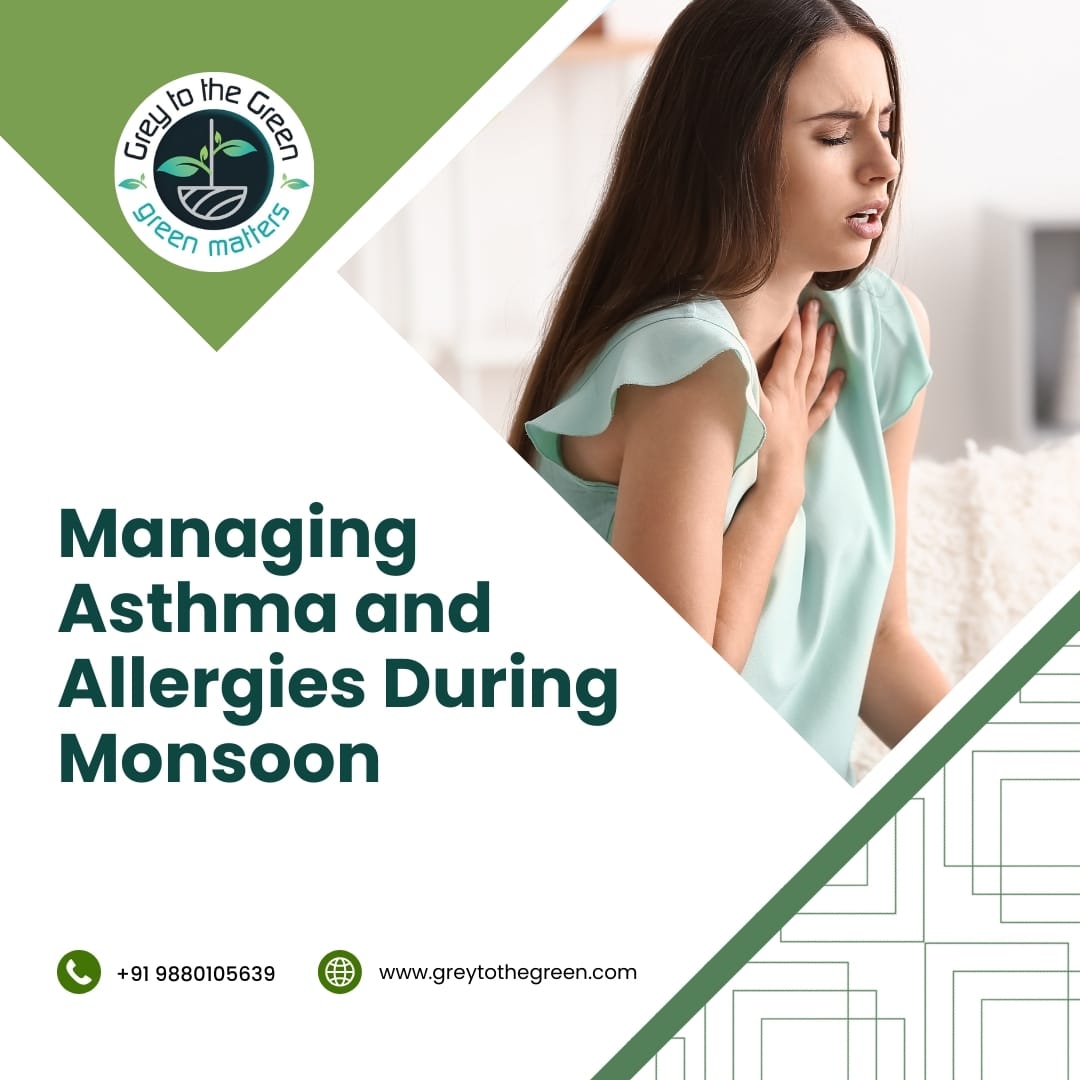Why Monsoon Allergy Gets Worse in the Rainy Season
The Hidden Numbers Behind Monsoon Allergy
Allergies in Tropical Climates
Dust Mites: A Monsoon Menace
Healthcare Impact During Monsoon
Common Symptoms of Monsoon Allergy
How Dust Mites Trigger Monsoon Allergy
Tips to Manage Asthma and Monsoon Allergy Naturally
1. Keep Bedding Dry and Clean
2. Maintain Indoor Ventilation
3. Avoid Damp Carpets & Upholstery
4. Control Mold Growth
5. Stay Hydrated and Eat Healthy
7. Use Protective Solutions Like Dust Mite Spray
CheckMite Dust Mite Spray: Your Monsoon Allergy Shield
- Neem-Powered Protection – Neem is well-known for its antimicrobial and insect-repelling properties. The spray uses neem extracts to fight dust mites effectively.
- Safe & Eco-Friendly – Unlike chemical pesticides, CheckMite is 100% plant-based, biodegradable, and non-toxic. It’s safe for children, pets, and the environment.
- Clinically Proven Formula – Tested and approved in the EU and US-EPA, ensuring safety and effectiveness.
- Easy to Use – Simply spray on beds, curtains, carpets, and sofas—no need for complicated treatments.
- Fresh, Natural Scent – Leaves behind a pleasant mint fragrance instead of chemical odors.
- Ethically Sourced – The brand supports tribal communities through sustainable sourcing practices.
How to Use CheckMite Spray for Best Results
-
Shake the bottle well before use.
Spray evenly on mattresses, pillows, curtains, sofas, and carpets.
Allow the surfaces to dry naturally—no need to wipe.
Repeat weekly or after washing fabrics.
Lifestyle Changes to Support Asthma Patients During Monsoon
Why Natural Solutions Are Better Than Chemical Ones
Conclusion: Say Goodbye to Monsoon Allergy with Smarter Choices
The monsoon season doesn’t have to be a nightmare for asthma and allergy sufferers. By taking preventive steps, maintaining a clean home, and using safe, natural solutions, you can breathe freely even in humid conditions.
Frequently Asked Questions (FAQs)
1. Why do allergies get worse during the monsoon?
Monsoon increases humidity, which promotes dust mites, mold, and fungi growth. These allergens trigger sneezing, asthma, and skin irritation.
2. What are common symptoms of monsoon allergy?
Symptoms include runny nose, sneezing, itchy eyes, coughing, skin rashes, congestion, and worsened asthma attacks.
3. How do dust mites cause monsoon allergy?
Dust mites thrive in damp bedding and upholstery. Their waste particles trigger allergic reactions like asthma, rashes, and nasal congestion.
4. How can I prevent monsoon allergy at home?
Keep bedding clean, control humidity, avoid damp carpets, and use a natural dust mite spray like CheckMite for safe protection.
5. Is CheckMite Dust Mite Spray safe for kids and pets?
Yes. CheckMite is made from neem extracts, is 100% plant-based, non-toxic, and EPA-approved, making it safe for children and pets.
6. Can natural solutions really help with monsoon allergy?
Yes. Unlike harsh chemicals, natural sprays like CheckMite reduce dust mites effectively without side effects, supporting long-term allergy control.



